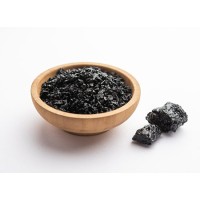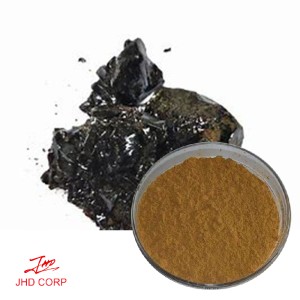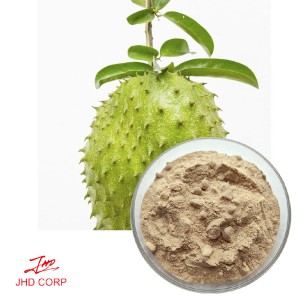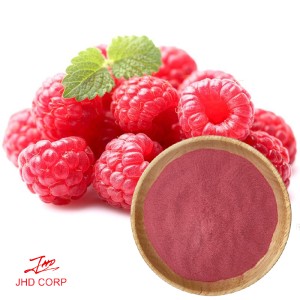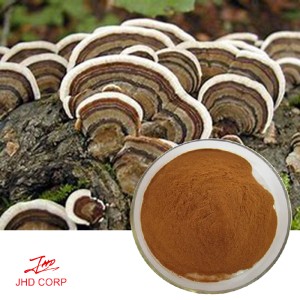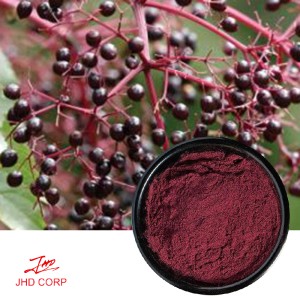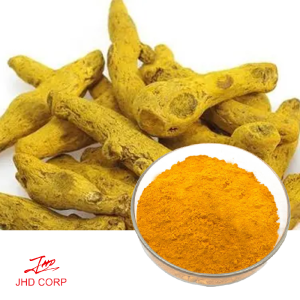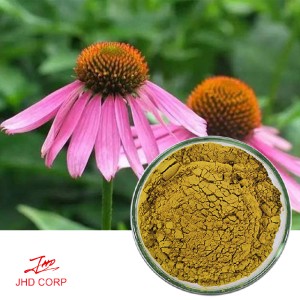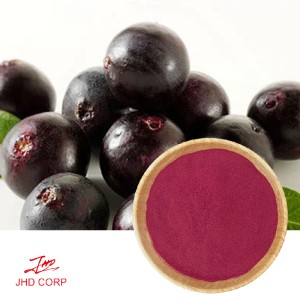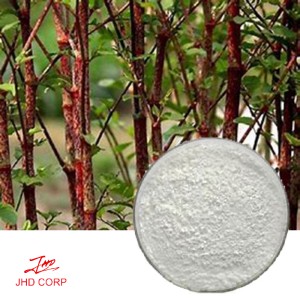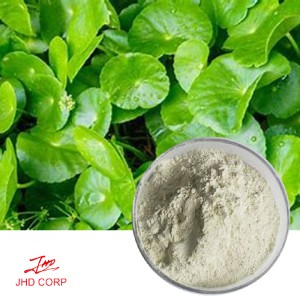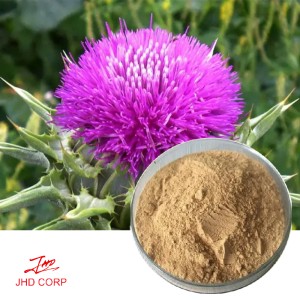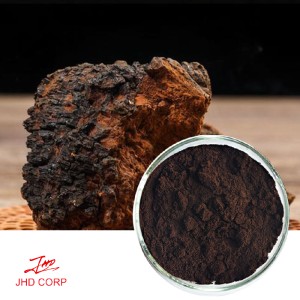Shilajit Extract vs. Shilajit Resin: Which Has Higher Bioavailability?
Both shilajit resin and shilajit extract have their merits, but resin typically offers higher bioavailability due to its natural composition. Your decision should be guided by your priorities, lifestyle, and desired level of convenience.
Shilajit, a natural substance primarily found in the Himalayan region, has been celebrated for its numerous health benefits in traditional medicine for centuries. It is rich in fulvic acid, minerals, and other bioactive compounds, making it a sought-after supplement for improving energy, supporting cognitive function, and enhancing overall vitality. However, when choosing between shilajit extract and shilajit resin, many individuals wonder which form offers higher bioavailability.
Understanding Bioavailability
Bioavailability refers to the extent and rate at which a substance is absorbed into the bloodstream and made available for use by the body. In the case of shilajit, higher bioavailability means that the body can more effectively utilize its active compounds to deliver the desired health benefits.
Shilajit Resin
Shilajit resin is the pure, natural, and least processed form of shilajit. It is a sticky, tar-like substance that is harvested directly from rock formations. Because it undergoes minimal processing, shilajit resin retains its full spectrum of nutrients and bioactive compounds. This purity often translates to higher bioavailability since the compounds remain in their natural state, making them easier for the body to recognize and absorb.
However, using purified shilajit resin can be less convenient due to its sticky texture and strong taste. It requires careful handling and precise dosage to ensure optimal benefits.
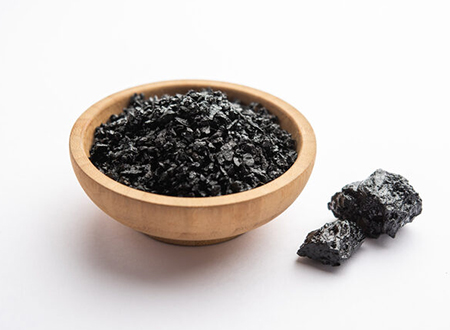
Shilajit Extract
Shilajit extract fulvic acid, on the other hand, is a more processed version of shilajit. It is typically available in powder or capsule form and is derived by isolating specific compounds, such as fulvic acid, from the raw resin. While extracts may offer convenience and standardized dosing, the processing involved can sometimes reduce the overall nutrient profile of the product. This may lead to slightly lower bioavailability compared to the pure resin.
That said, high-quality shilajit extracts from reputable manufacturers often retain significant potency and can still provide substantial health benefits. Additionally, extracts may be more appealing to individuals who prefer a tasteless and easy-to-use format.
Which One Is Better?
When it comes to bioavailability, shilajit resin generally has an edge due to its unprocessed nature and intact nutrient profile. However, the choice between resin and extract ultimately depends on individual preferences and needs. Those who prioritize purity and maximum absorption may lean toward resin, while those seeking convenience and ease of use may prefer extract.
Regardless of the form you choose, it is essential to ensure you are purchasing high-quality shilajit from a trusted source to avoid contamination or adulteration. Consulting with a healthcare professional before incorporating shilajit into your routine is also recommended to determine the appropriate dosage and ensure it aligns with your health goals.
In conclusion, both shilajit resin and shilajit extract have their merits, but resin typically offers higher bioavailability due to its natural composition. Your decision should be guided by your priorities, lifestyle, and desired level of convenience.


